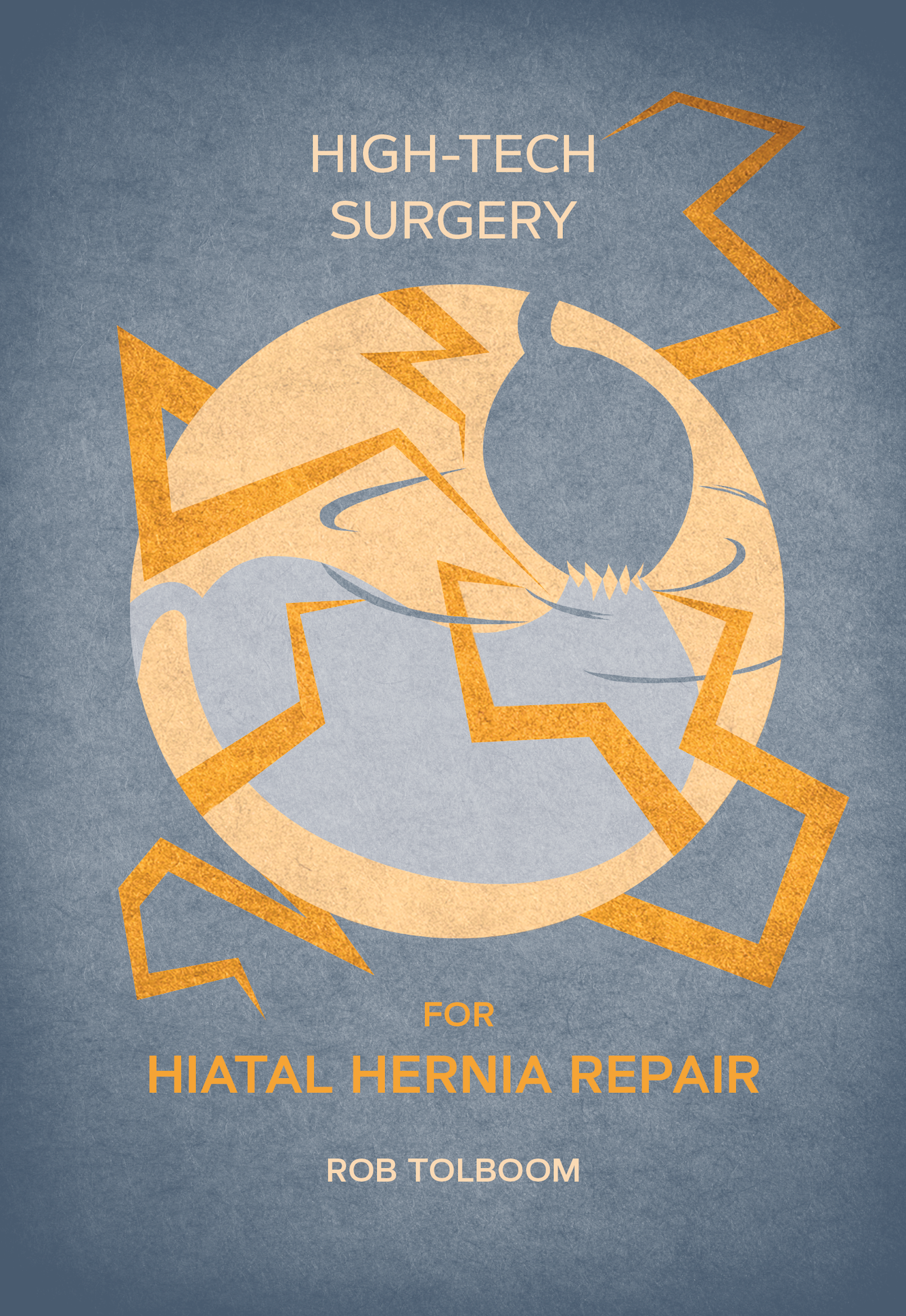The presence of a hiatal hernia and gastroesophageal reflux disease often presents with severe, disabling symptoms and is known to result in a poor quality of life for many patients. Nevertheless, it’s often seen by patients and physicians alike as an ailment to be treated by antacids, not as a serious disease warranting surgery.
While most hiatal hernias are straightforward, in some rare cases, the pancreas herniates along with the other organs into the thoracic cavity. Little is known about how to proceed surgically. Furthermore, some patients are hindered in their daily life by symptoms of delayed gastric emptying. Antireflux surgery is known to enhance gastric emptying speeds in most cases. Some patients, however, see their gastric emptying worsened. The mechanism behind this phenomenon remains mostly unclear.
When a hiatal hernia recurs, or symptoms persist following primary antireflux surgery, a whole battery of diagnostic tests is done to find the mechanism of failure and, therefore also, the optimal mode of treatment. We hypothesize that computed tomography (CT) scanning of the gastroesophageal junction offers sufficient information to classify the underlying mechanism of failure.
Current treatment of hiatal hernia is largely standardized in the Netherlands. Most centres perform partial laparoscopic fundoplications. Some centres, however, see benefits in using robotic assistance.
And finally, the question remains on how best to treat those patients with severe symptoms and poor quality-of-life following (multiple) previous failed antireflux surgeries and are currently left without any treatment options.
This thesis aims to find out why the number of referrals for surgery remains lacking in the Netherlands, to describe our experience with intrathoracic herniation of the pancreas, to find the incidence of delayed gastric emptying in patients with large and small hiatal hernia, to describe the effects of surgery on gastric motility, to look at the value of CT-scanning in patients with recurrent disease, to look at the benefits of robotic assistance in primary and redo antireflux surgery, and to describe the development of a novel robot-assisted transthoracic minimal-invasive approach for redo-antireflux surgery.

